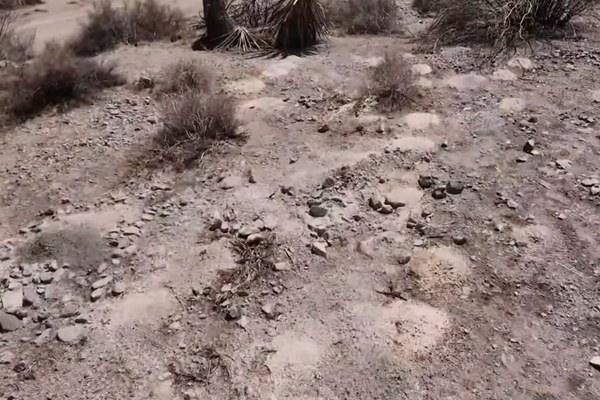
In 1874, Othmar Zeidler was working in his lab when he synthesised a white crystalline chemical compound that did not previously exist in nature.
Dichloride diphenyl trichloroethane repels water and is tasteless and almost odourless.
Not realising what he had created, he threw the sample away. It was not until 1939 that Paul Hermann Miller discovered its insecticidal properties after four years of intensive work and 349 failed attempts with other chemicals.
Thus was born DDT, a big gun in the war on insects.
While it wasn't all that long before the potential negative effects of DDT were considered, the chemical wasn't banned in most developed countries until the 1970s and 1980s for agricultural use. Despite that, DDT is still used to control malaria-causing insects in countries such as India.
Humans have been using pesticides for millennia, with the first known use of sulphur about 4500 years ago in ancient Mesopotamia, but it took the arrival of DDT to kick off industrial-scale usage.
The story is similar to the herbicide 2,4-D, which was first synthesised by WG Templeman in 1940. Pesticides and herbicides are extremely powerful tools, without which our civilisation could not come close to supporting a growing world population.
However, the heavy hammer approach matches other "wars on..." that have also been badly fought.
The wars on weeds, insects and bacteria damage ecosystems. Insecticides are killers that don't discriminate between target species and those that are beneficial such as bees, worms and moths.
Along country roadsides we see dead patches of grass where vast quantities of glyphosate have been sprayed.
By killing more than weeds, herbicides degrade the diversity of plant species of healthy environments, with knock-on effects in insect and animal life that are an essential part of so-called ecosystem services.
These chemicals enter the environment and ultimately the human food chain.
DDT is a particularly bad example because it persists long after the original application and has been found to weaken the shells of birds' eggs, leading to the drastic decline of some species and has even been found in Antarctic penguins.
While the human health effects range from slight to severe, and although controls of the worst cases have improved, in many others we simply don't know because untangling the impact of hormones, for example, is difficult.
In each case, the theme is similar: the use of chemicals offers enormous advantages to humans, but their industrial-scale use is a serious problem.
Listen to the Fuzzy Logic Science Show at 11am Sundays on 2XX 98.3FM.
Send your questions to AskFuzzy@Zoho.com Twitter@FuzzyLogicSci







